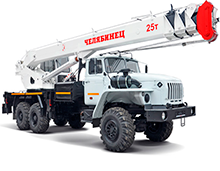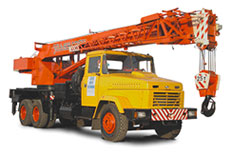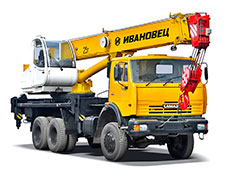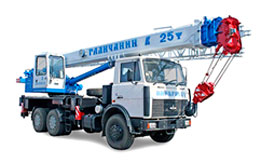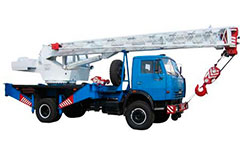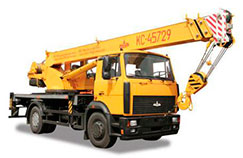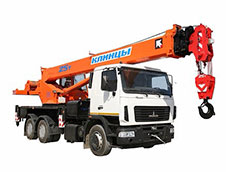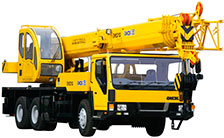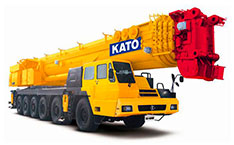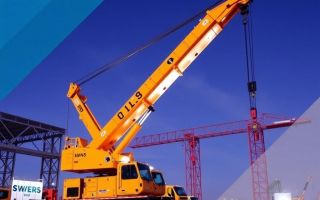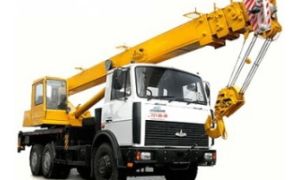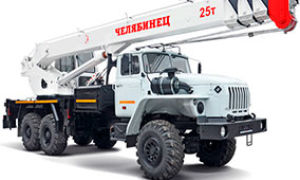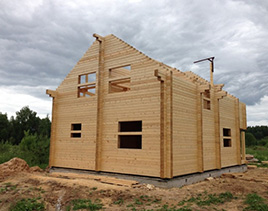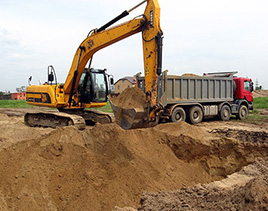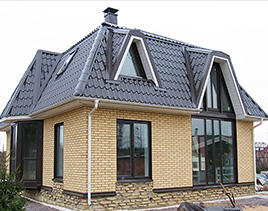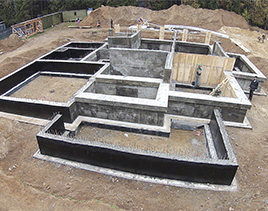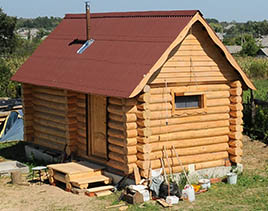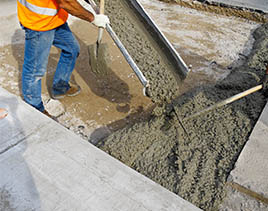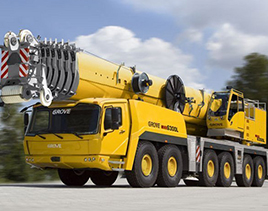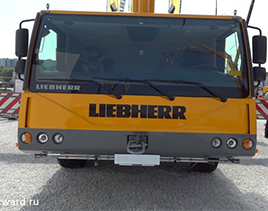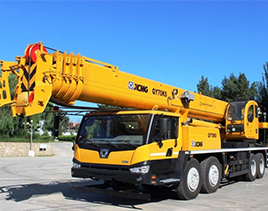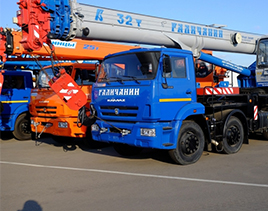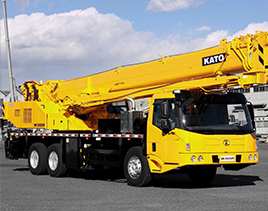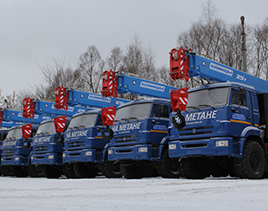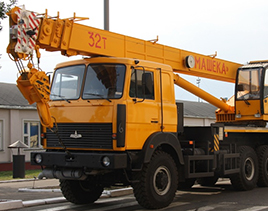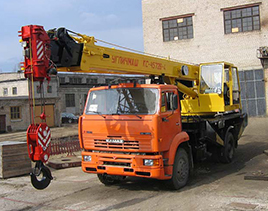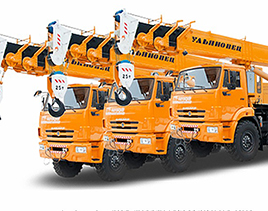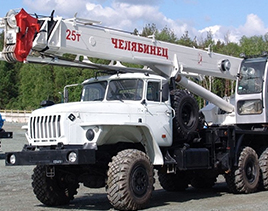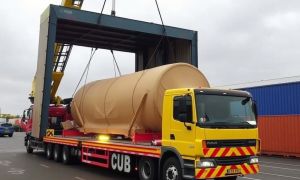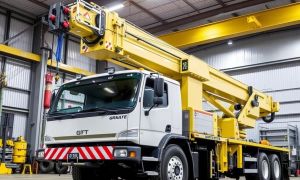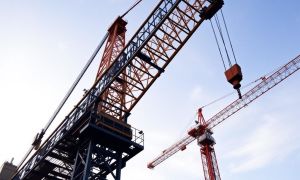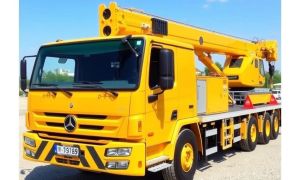Pick-and-carry cranes are a cornerstone of many construction sites, industrial yards, and material handling operations across the globe. They offer a versatile solution for lifting and transporting loads over short distances, combining lifting power with mobility. Understanding the advantages and limitations of pick-and-carry cranes is essential for project managers, operators, and industry professionals aiming to make informed decisions about equipment procurement and deployment. In this article, we will dive deep into the world of pick-and-carry cranes, exploring their design, functionality, benefits, and constraints, with practical examples to guide you through their effective use.
What Are Pick-and-Carry Cranes?
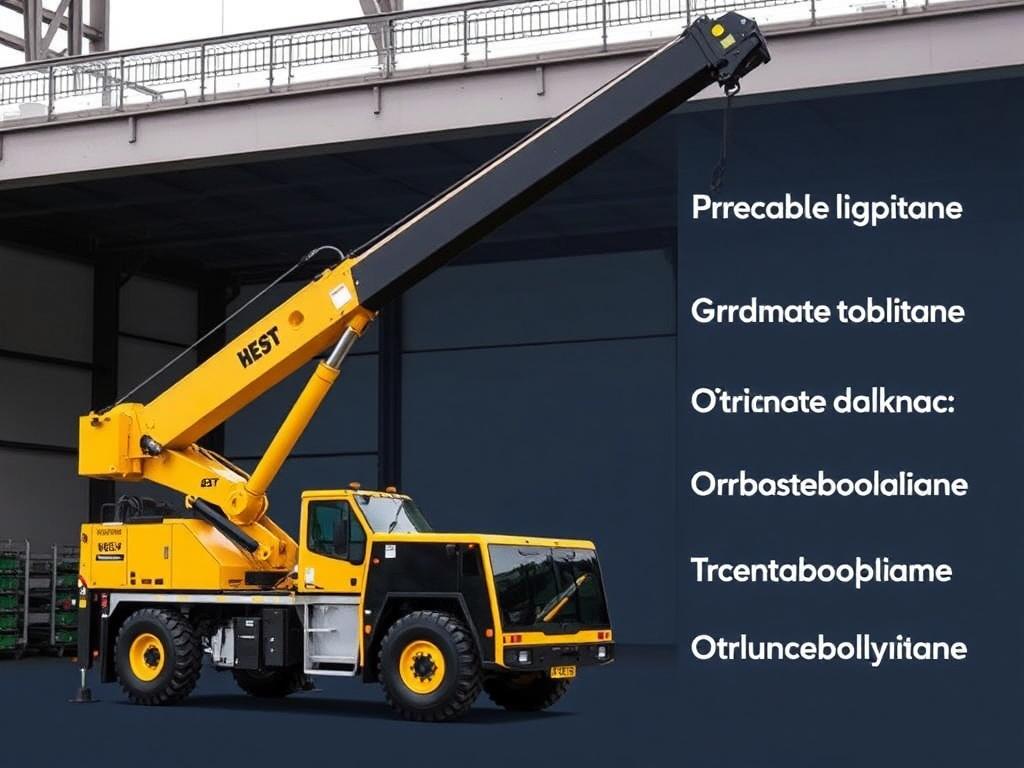
Pick-and-carry cranes fall under the category of mobile cranes designed primarily for lifting and moving loads within a confined area. Unlike tower cranes or overhead cranes, these cranes are mounted on a robust chassis—often with wheels or tracks—that allows them to lift loads and carry them to a different location without the need for rigging the load onto another vehicle. This built-in mobility is what differentiates pick-and-carry cranes from other lifting equipment.
Typically, pick-and-carry cranes operate with a boom that can pivot to position loads and a hydraulic system that controls lifting and movement. They are commonly used for tasks such as loading and unloading heavy materials, moving equipment across site, and erecting small to medium structures.
Design and Components of Pick-and-Carry Cranes
To fully appreciate the advantages and limitations of pick-and-carry cranes, it’s important to understand their basic design features and components:
- Chassis and Mobility: Sturdy all-terrain wheels or tracks provide the machine with the ability to maneuver over rough, uneven surfaces.
- Hydraulic Boom: The crane’s main lifting arm, capable of telescoping or pivoting to reach variable heights and distances.
- Lifting Hook and Rigging: The point at which loads are attached, depending on the type of material or equipment being lifted.
- Counterweights: Integrated or removable weights that balance the crane during lifting operations to prevent tipping.
- Operator Cabin: Where the controls are located, often designed ergonomically with visibility for safe operation.
Advantages of Pick-and-Carry Cranes
Pick-and-carry cranes bring several notable benefits that make them highly attractive in many lifting and transport scenarios. Below, we explore the most significant advantages:
1. Enhanced Mobility and Flexibility
One of the core strengths of pick-and-carry cranes is their ability to lift and transport loads simultaneously without needing additional vehicles. This feature simplifies logistics on job sites by reducing the number of machines required for material handling. Whether you need to move steel beams, concrete blocks, or machinery, these cranes can handle the job with ease, navigating tight spaces and uneven terrain.
2. Time Efficiency
By combining lifting and carrying in one operation, pick-and-carry cranes significantly reduce cycle times. Unlike other cranes requiring multiple steps—lifting, setting down, and transporting via forklifts or trucks—these cranes do it all in one seamless motion. This results in faster job completion, lower labor costs, and smoother workflow on site.
3. Compact Size and Maneuverability
Compared to larger cranes like crawler cranes or tower cranes, pick-and-carry cranes tend to have a more compact footprint. This makes them ideal for urban construction or confined spaces, where maneuverability is critical but lifting capacity is still necessary. Their relatively smaller size means less disruption on site and easier transport to and from the job location.
4. Cost-Effectiveness
While the initial purchase price can vary depending on model and capacity, pick-and-carry cranes generally offer good value for money. They require less setup time and fewer ancillary vehicles, lowering operating costs. Maintenance is also straightforward since many components are easily accessible, and their simple hydraulic and mechanical systems reduce downtime.
5. Versatility in Applications
Pick-and-carry cranes can be found in a wide range of industries beyond construction, including manufacturing, shipyards, timber yards, and even agricultural operations. Their combination of mobility, lifting capacity, and adaptability makes them an all-around tool, ideal for any job requiring precision and load transport.
Limitations and Challenges of Pick-and-Carry Cranes
Despite their strengths, pick-and-carry cranes have certain limitations that users must consider before deployment. Being aware of these constraints ensures projects proceed safely and without unexpected setbacks.
1. Limited Lifting Capacity Compared to Larger Cranes
While pick-and-carry cranes are capable of impressive lifting, they generally cannot match the high tonnage capacity of specialized heavy-duty cranes like crawler or tower cranes. For extremely heavy or high-reaching lifts, relying solely on pick-and-carry cranes may prove inadequate.
| Crane Type | Typical Load Capacity | Mobility | Ideal Use Case |
|---|---|---|---|
| Pick-and-Carry Crane | 5 to 50 tons | High (self-propelled) | Short-distance lifting and load movement |
| Crawler Crane | 50+ tons to 300+ tons | Medium (crawler tracks, limited speeds) | Heavy-duty lifting on uneven terrain |
| Tower Crane | 10 to 80 tons (depending on configuration) | Low (fixed or rotating mast) | High-rise construction and long-reach lifting |
2. Limited Reach and Height
Pick-and-carry cranes typically have shorter booms compared to other cranes. While many models offer telescoping capabilities and variable boom angles, they are not suited for lifting loads to great heights. For construction projects needing tall structure assembly or rooftop access, other crane types might be necessary.
3. Stability and Ground Conditions
Though pick-and-carry cranes are designed with stability in mind, their relatively narrow base and steered wheels can present stability challenges when operating on highly uneven or soft ground. The absence of outriggers—commonly found on truck-mounted cranes—means these machines rely heavily on counterweights and operator skill to ensure balance during lifts.
4. Limited Off-Road Performance
While some pick-and-carry cranes come with all-terrain tires or track options, their off-road capabilities are generally more limited compared to specialized off-road cranes or crawler cranes. On extremely rugged or muddy terrain, mobility may be restricted, requiring additional equipment or site preparation.
5. Operator Skill Requirement
Operating a pick-and-carry crane effectively requires experience and training. Balancing the load while moving and lifting simultaneously can be challenging, particularly in tight spaces or when handling awkwardly shaped materials. Incorrect operation increases the risk of accidents and equipment damage.
Common Applications of Pick-and-Carry Cranes
Picking the right crane for your project means understanding the tasks the crane is best suited to perform. Pick-and-carry cranes excel in specific scenarios where their mobility and lifting versatility shine.
Construction and Maintenance Jobs
In mid-sized construction projects, pick-and-carry cranes are widely used for setting concrete forms, installing steel structures, and moving equipment between different parts of the site. Their ability to quickly relocate materials without disassembly streamlines construction phases and maintenance activities.
Industrial and Manufacturing Facilities
Factories and warehouses utilize pick-and-carry cranes to transport heavy machinery, raw materials, and finished goods within confined spaces. They help optimize workflow, reduce manual labor, and increase safety by handling loads with precision.
Shipyards and Ports
Material handling around docks and shipyards often demands lifting and short-distance movement of bulky components like containers, engines, and large ship parts. Pick-and-carry cranes offer the right balance of lifting power and maneuverability here.
Infrastructure and Utility Works
Utility companies use these cranes for laying cables, installing transformers, and maintaining infrastructure in difficult-to-reach areas. Their design allows quick response and repositioning necessary in dynamic work environments.
Key Factors to Consider When Selecting a Pick-and-Carry Crane
Choosing the ideal pick-and-carry crane depends on multiple factors that affect performance, safety, and cost-effectiveness. Here is a checklist of considerations:
- Lifting Capacity: Ensure the crane’s rated capacity exceeds the maximum load you intend to lift.
- Boom Length and Reach: Consider the height and distance you need to achieve with the loads.
- Site Conditions: Evaluate ground firmness, terrain complexity, and space constraints.
- Maneuverability: Check whether tires or tracks are better suited for your environment.
- Operator Comfort and Safety Features: Ergonomic cabin design, controls, visibility, and safety aids like load indicators and alarms matter.
- Maintenance and Serviceability: Look for brands with easy access to spare parts and reliable after-sales support.
Future Trends in Pick-and-Carry Crane Technology
Just like the broader construction equipment industry, pick-and-carry cranes are evolving to meet modern demands for efficiency, safety, and sustainability. Some exciting trends include:
- Electrification: Integration of electric or hybrid powertrains to reduce emissions and operational costs.
- Automation and Remote Control: Enhanced remote operation features to improve precision and reduce operator risk.
- Advanced Telemetry: Real-time monitoring of crane performance, load data, and maintenance indicators.
- Modular Design: Flexible configurations allowing quick adaptation to different tasks and load types.
- Improved Safety Systems: Enhanced collision avoidance, load-sway control, and stability management technologies.
These innovations promise to extend the usefulness of pick-and-carry cranes while addressing some of their traditional limitations.
Tips for Safe and Efficient Operation
Efficient use of pick-and-carry cranes hinges on strict adherence to best practices:
- Perform thorough pre-operation inspections to verify mechanical components and safety systems.
- Always follow the manufacturer’s load charts and never exceed rated capacity.
- Train operators extensively in load handling, stability control, and site navigation.
- Communicate clearly with ground crews and monitor environmental conditions continuously.
- Plan load paths carefully to avoid obstacles and minimize shifting during transport.
Neglecting these guidelines increases risk but adhering to them enhances project success.
Summary Table: Advantages vs. Limitations of Pick-and-Carry Cranes
| Advantages | Limitations |
|---|---|
| High mobility with simultaneous lift and carry | Lower lifting capacity compared to heavy-duty cranes |
| Compact and maneuverable in tight spaces | Limited boom reach and height |
| Time and cost efficient due to reduced equipment needs | Stability challenges on uneven or soft ground |
| Versatile across multiple industries and applications | Off-road capabilities less robust than crawler cranes |
| Relatively simple maintenance and operation | Requires skilled operators to manage combined load movement |
Conclusion
Pick-and-carry cranes represent a uniquely practical solution for many lifting and load-transport tasks, thanks to their blend of mobility, lifting capability, and operational efficiency. Their advantages—ranging from enhanced flexibility and reduced cycle times to cost savings—make them highly popular across construction, industrial, and infrastructure fields. However, like any equipment, they come with notable limitations, particularly related to lifting capacity, height reach, and stability on challenging terrain. Balancing these pros and cons is crucial for selecting the right crane and ensuring safe, smooth operations. As technology progresses, we can expect pick-and-carry cranes to become even more versatile and user-friendly, extending their utility and overcoming current limitations. For anyone involved in project planning or equipment operation, a thorough understanding of pick-and-carry cranes’ capabilities is indispensable in achieving optimal outcomes on site.

